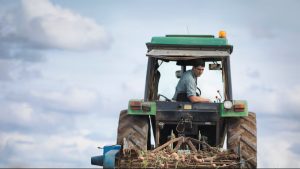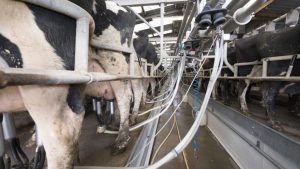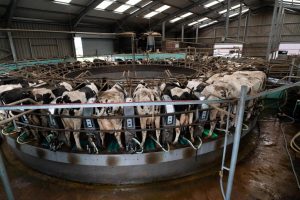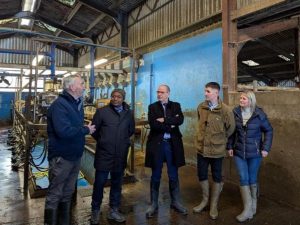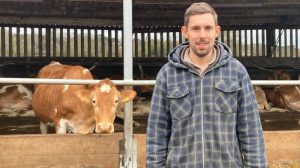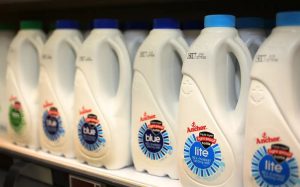
Mark Larwood, of Oak House Farm at Larling in Breckland, won the Dairy Farmer of the Year title at the National Farmers Weekly Awards in October.
The 230ha farm milks 250 Holstein cows, and calves all year round, supplying dairy company Arla.
Mr Larwood spoke at the annual meeting of the Royal Norfolk Agricultural Association (RNAA) to explain how the farm is working to monitor and reduce its carbon footprint while maximising efficiency, with each cow producing 10,785 litres of milk annually.
The region’s dairy sector has declined in recent years, and still has many challenges. Earlier this month, experts warned that soaring fertiliser, feed and fuel costs had left many farmers with a cost of production much higher than the price they are paid for their milk.
But Mr Larwood said there were plenty of reasons for optimism.
He said the 47 dairy farms in East Anglia included 24 in Norfolk – with two new entrants in the last three years, and another in the planning stages.
While world demand for dairy products is increasing 2pc year-on-year, he said there was a limited capacity for growth in dairy heartlands like the South West, while tighter water control measures are being implemented in Wales, which could constrict the sector there.
And he said these factors could create growth opportunities in East Anglia, if dairy units could strike partnerships with their arable neighbours – improving crop rotations and offering manure with potential to reduce fertiliser costs and improve soil health.
“Obviously the demand is there,” he said. “But in Wales there is an issue with NVZ (nitrate vulnerable zone) limits and in other dairy-heavy areas like Cheshire and the South West they are not going to be milking more cows, so there could be more opportunities in East Anglia.
“There is potential for joint ventures with our neighbours under contract-type farming agreements, under which the landowner would provide land and infrastructure investment and the contractor provides labour, machinery, cows and the knowhow to run the unit.
“What works well could be a 200-300 cow unit with a 60-80ha grazing platform and the requirement for 120-150ha across the whole dairy.
“Overall I am very positive for the future of dairy in East Anglia.
“Of course there are challenges, but I hope with Arla’s help, and others, we can meet our goals, supply that demand and meet our environmental targets as well.”






